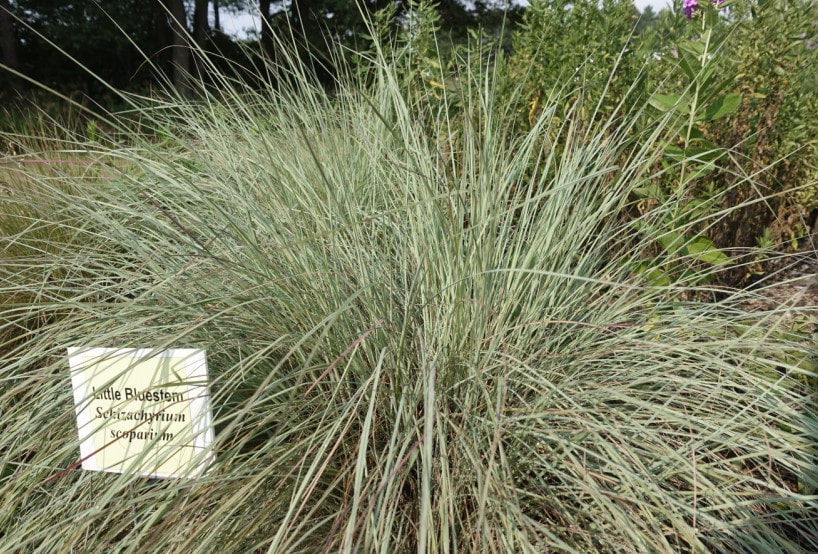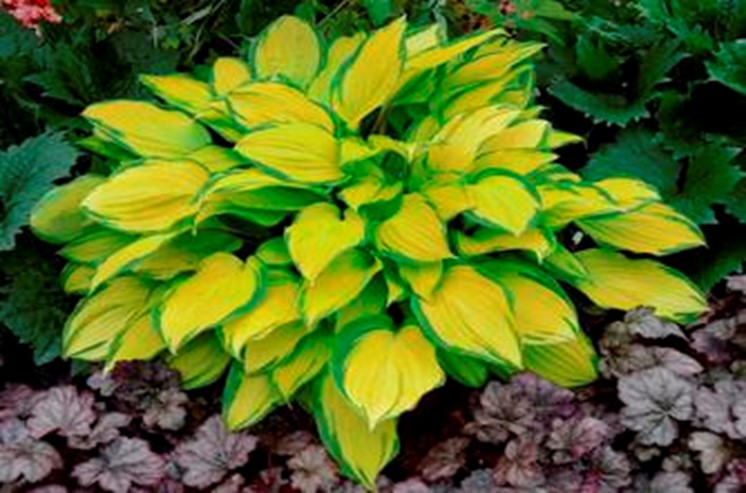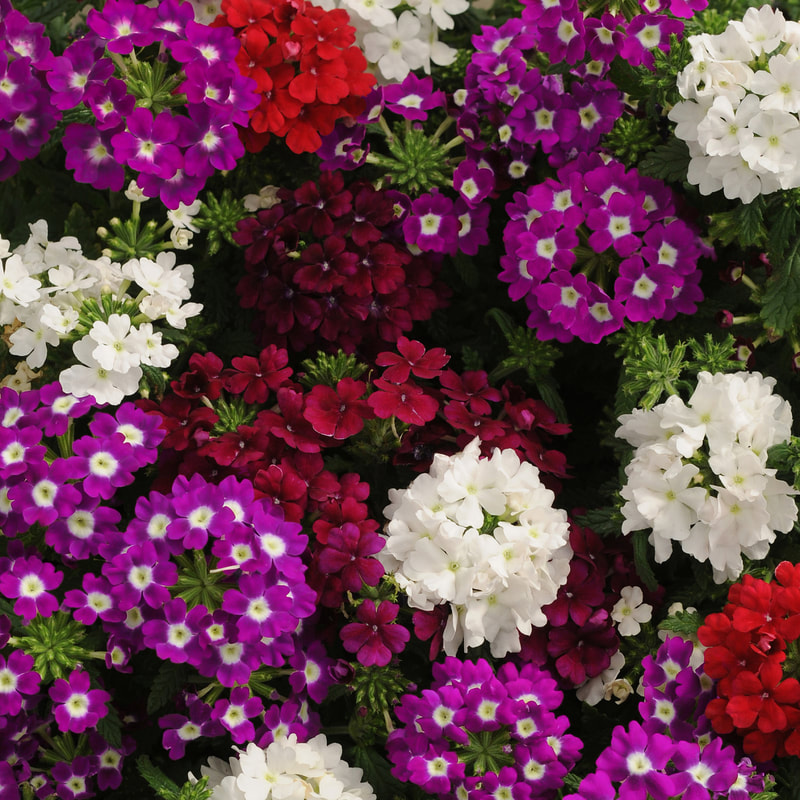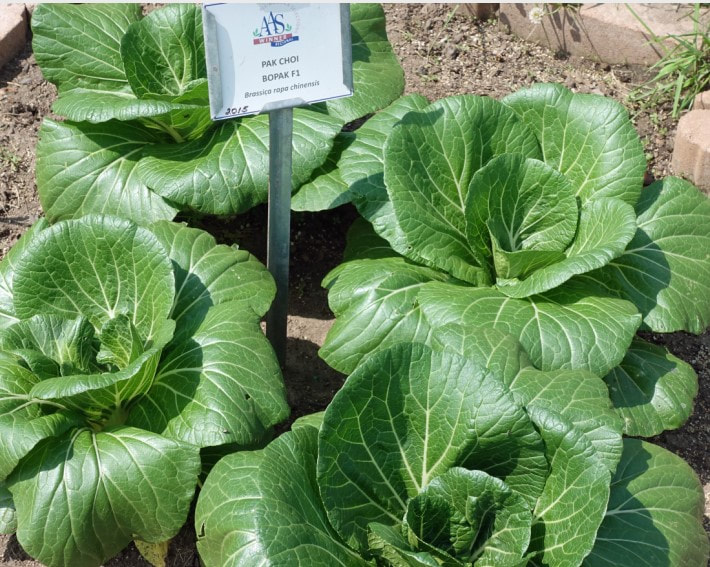|
Summer through fall, the slender leaves and stems of little bluestem are an ever-changing kaleidoscope of gray-green, blue, pink, purple, copper, mahogany, red, and orange tones. Wispy silver-white seed heads sparkle in autumn sunlight and coppery brown leaves persist through winter.
Little bluestem is a tough and dependable clumping grass that blends well with perennials such as asters, sedums, coneflowers, and other grasses. Native grasses play their part in the pollinator story too. Little bluestem is a larval host for a variety of butterflies and moths such as crossline skipper, Dakota skipper, and Ottoe skipper. Native to much of North America, it was one of the dominant grasses of the vast tallgrass prairies. In well-drained soils, stems will remain upright but can flop easily if conditions are too rich or moist. Cultivars have been selected for shorter plants, enhanced leaf colors, and stronger stems. Little bluestem’s spikiness complements native and non-native perennials alike. An easy fit for mass plantings or meadows, it is just as brilliant in traditional borders, gravel gardens, and green roofs. Perfect partners are Calamintha nepeta (calamint), Asclepias tuberosa (butterfly weed), Stachys ‘Hummelo’ (betony or woundwort) and Allium ‘Millenium’ (ornamental onion). Schizachyrium scoparium 'Carousel' is recommended for the Great Lakes region. Hardiness: USDA Zones 3 to 9; AHS Heat Zones 7-1. Light: Full sun Size: 24-48 inches tall and 18-24 inches wide; cultivar sizes vary Soil: Dry to medium, well-drained soils. Adaptable to a range of conditions such as clay and poor soils. Overwatering and too much nitrogen can cause floppy growth and increase the probability of rootzone and foliar pathogens. Maintenance: Good drought resistance once established. Tolerant of heat and humidity. Has few pest issues (scout for aphids and spider mites). Cut back in late winter to early spring. Overwinter on the dry side. Perennial Plant Association members vote for the Perennial Plant of the Year. Perennials chosen for the ballot must satisfy a wide range of growing climates, require low maintenance, possess multiple-season interest, be relatively pest/disease-free, and readily available in the year of its selection. At that time, each member may also nominate up to two plants for next year’s consideration. A committee reviews the nominated perennials (more than 400 different perennials are often nominated each year) and selects 3 or 4 perennials to be placed on the next ballot. Credit to https://perennialplant.org/page/2022PPOY Contributed by: Vicki Gee-Treft, Master Gardener Volunteer
1 Comment
Each year, since 1996, the American Hosta Growers Association members select one cultivar as an award winner, based in part on its ability to grow well in all regions of the country, be widely available in sufficient supply, and retail for about $15 in the year of its selection. The 2022 Hosta of the Year is “Island Breeze”, created by Walters Gardens Inc., Michigan. First came ‘Fire Island’ (shown below) which was followed by its variegated progeny ‘Paradise Island’. Now there is ‘Island Breeze’ which is the third member of this “tropical” family and a sport of ‘Paradise Island’. The improvements in this cultivar include more impressive variegation due to its wider margins, thicker leaf substance, and a strong growth rate. In early spring, wide, dark green margins stand in sharp contrast to the bright yellow centers. As summer approaches, the centers become more chartreuse when plants are grown in heavier shade or lighter yellow if they are grown in more sun. Like ‘Paradise Island’, this one also has showy red speckled petioles that bleed up into the leaves. Dark lavender flowers appear on tall reddish greenscapes in midsummer. A plus in the garden, their large leaves provide excellent coverage for dying bulb foliage.
Credit to http://www.hostagrowers.org/Hosta_of_the_Year.html
Contributed by: Vicki Gee-Treft, Master Gardener Volunteer Pollinators love verbena! Hummingbirds, butterflies, and moths are all frequent visitors. Bees of all types love verbena, too. Known for withstanding the pressure of hot, dry conditions, Verbena is a member of the Verbenaceae family, which is comprised of 800 species in 32 genera, many of them native to the Americas and Asia. This family is characterized by clumps or spikes of flowers on heat-loving herbs, shrubs, trees, or vines. There are many varied types and habits, including upright and tall, as well as mounded and trailing. Some verbena make great ground covers as well.
Hybrid varieties generally have larger flowers, brighter and more saturated colors, and larger, more weather-tolerant leaves than their species relatives. bred to be more heat, water-stress, and disease tolerant (especially powdery mildew). Leaves and foliage are often dense and, in many species, “hairy.” Its flowers are small with five petals, arranged in dense clusters. Typical colors include shades of blue and purple, but they can also be found in white and pink shades. Others are bred to withstand heat and humidity with flowers and bulky growth non-stop through the growing season. While verbena seed is available, many of the newer varieties that have the desirable traits are vegetatively propagated and can be found as young plants at your local garden retailer in the spring. Verbena looks their best when their soil is kept moist, but not wet as they do not like soggy feet. If the growing medium dries down too much, it can cause flushing, commonly known as cycling-out-of-color where the plant loses blooms but remains green and leafy. Verbena plants should be placed in sunny locations, aiming for 6+ hours of direct light. Most species perform well in the ground, landscape, hanging baskets and patio containers. For the compact-growing verbena, those work best in pots and do not have the root vigor for garden bed applications. For prolonged flowering, deadhead verbena by removing spent flower heads. Powdery Mildew (PM) is an unfortunate occurrence on some verbena. The best practice is to look for newer varieties that have a built-in resistance. If PM does appear (it will present as white patches of fluffy fungus on leaves or stem) treat with a neem spray or your favorite fungicide. Catching PM early is the best solution, as this disease can spread quickly, and its fungus blocks sunlight to the plant’s nutrition system, making the plant unable to produce food, which will ultimately cause the plant to perish. Gardening with verbenas can elevate your landscape design and add texture and color to your patio containers. You’ll appreciate their colorful branches and how well they play with other flowers in your garden. Credit to https://ngb.org/year-of-the-verbena/ Contributed by: Vicki Gee-Treft, Master Gardener Volunteer Growing GREENS, which can be served raw, wilted, blanched, sautéed, or grilled.
The Asteraceae family has some of the best-known salad greens:
Most greens prefer full sun and cool weather (50 to 75°F). Soil that’s evenly moist, but not too wet, yields the best greens. As a general guide, spinach, kale, and mustard greens can be sown six weeks before the last frost, followed by lettuce and chard three weeks later. You can choose to transplant seedlings to get a jump on the season or sow seeds directly into the garden or containers. To ensure a continuous harvest, reseed as often as every few weeks depending on the variety. Note, store seed in the fridge in an airtight container to extend longevity. To prepare outdoor soil, consider mixing in 1 cup of organic fertilizer for every 10’ row. For containers, choose one that is large enough that it won’t easily dry out. Fill with quality potting mix and consider mixing in peat and coir (coconut fiber). Planting depth varies by variety, so be sure to read seed package instructions. After germination, thin seedlings to desired spacing. If your goal is baby leaf, keep the spacing fairly dense. If you’d like to harvest whole heads, ensure spacing of 4”-8” apart within a row. For baby leaf, you can start harvesting when leaves are 3-4” tall. Many varieties will tolerate “cut-and-come-again” harvests. Allow full-size heads 3-5 weeks after transplant to mature. Once leaves reach maturity, harvest right away to encourage new growth and another harvest in just a few weeks. Leafy greens will have different flavors at different stages of harvest. Experiment to find out which flavor works best for you! As much as possible, monitor for over-exposure to heat and water to avoid “stressed greens” that taste bitter rather than fresh. When plants bolt (or send up flower stalks), pull them up as the quality will start to diminish after this. In our colder region, hardier greens like kale, mustard and spinach extend our season, and row cover protection can help achieve an earlier first harvest in the spring and a later final harvest in the fall. Use your fresh salad greens in unexpected ways. Red Butterhead makes a fabulous and healthy burger wrap. Grilled Romaine? A tasty twist on an old favorite. Wilted spinach? It’s incredible. Massaged kale? Pair bitter greens with a sweet dressing and your favorite soft cheese for a gourmet flavor combination. Sturdier greens like romaine, kale, and chicory hold up well when mixed with grains, nuts, and thick dressings. Choose a theme and create a new and interesting salad mix every time. Try it and you’ll be hooked! Credit to https://ngb.org/year-of-the-salad-greens/ Contributed by: Vicki Gee-Treft |
|
| North Country MGV | gARDEN bLOGS |
Location |
|





 RSS Feed
RSS Feed